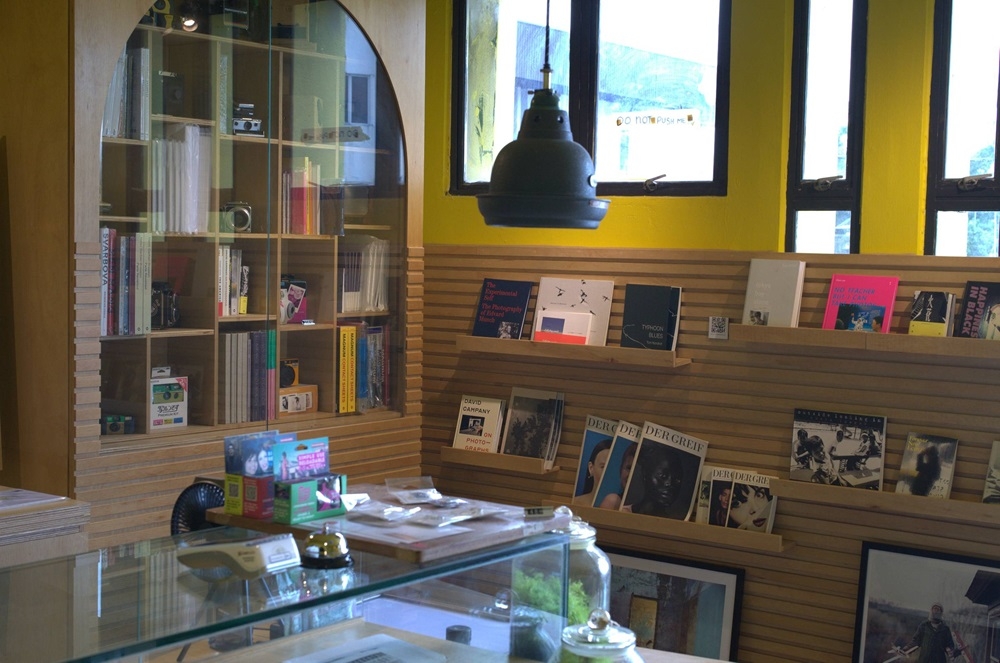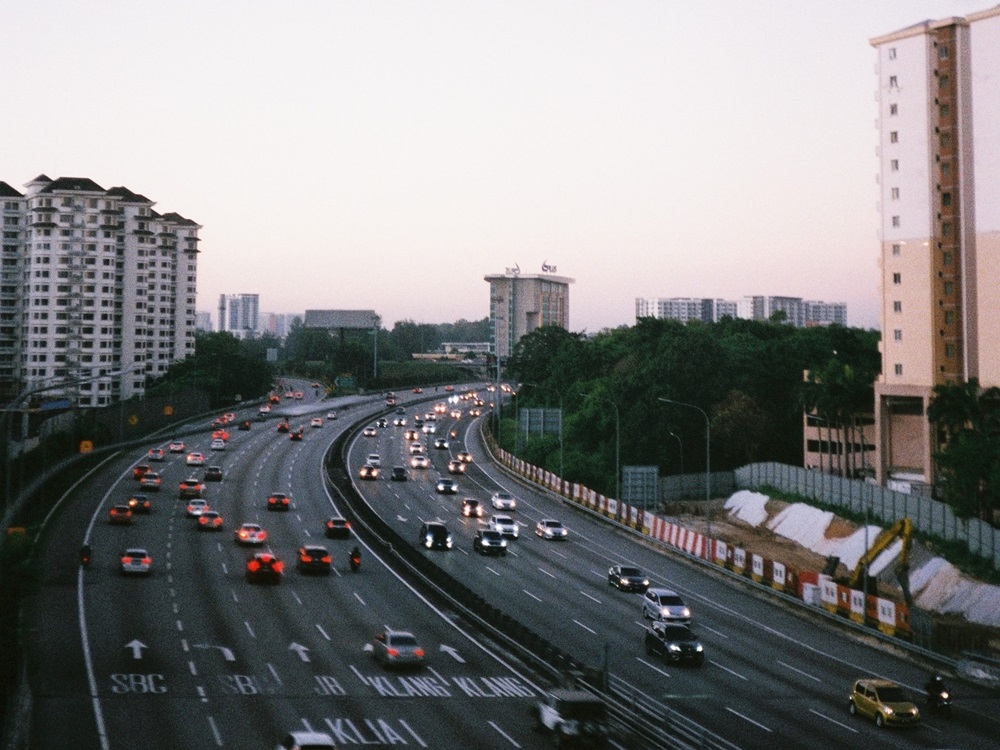KUALA LUMPUR, July 28 — Analogue photography is the preference of many despite the dominance of digital cameras; for a while, it was mine too.
But shooting on film was as painful as it was pleasurable.
I came into the trend of shooting film right before the pandemic, as I was fascinated by the vintage charm of these photos on social media and wanted to make my own.
During my time in university studying film, I was naturally drawn to photography and how filmmakers were inspired to shoot iconic movies; I naively wanted to experience some form of that process.
Joining film photography communities online helped me to find the right information on how to buy cameras and 35mm film, where to develop film, and how to achieve the best results.
It was at this point I realised film photography wasn’t a hobby that anyone could pick up: there was a high price of entry.
You have to pay for a camera, the film, the processing, and taking pictures with an old camera isn’t a snap either.
But for the love of the aesthetic, I decided to take the plunge and purchased my first film camera, a Konica C35.
Using old cameras
With old cameras, all it takes is one small malfunction for the whole system to break down and for the roll of film to be ruined.
Last year, 36 irreplaceable memories of a trip with my friends to Melaka were lost because the film advance lever in my Konica failed.
While packing for the trip, I firmly believed that the Konica was in full working condition and had checked its systems thoroughly.
During the trip, I made sure to take extra time out of the walks in Bunga Raya, A Famosa, and Jonker Street to take what I believed were going to be unforgettable shots.
Taking pictures with the Konica wasn’t easy either, as you had to squint into a small viewfinder which shows your scene brightness and slowly turn the lens ring to get the right focus.
All of the time posing, waiting for traffic, and uncles and aunties to pass by, were burned when I got back 36 pitch black frames from the film lab.
That experience retired the Konica C35 indefinitely, and I now use a more reliable point-and-shoot Fuji Cardia Hite Date with autofocus.

Getting the film stock
In Malaysia, 35mm film from Kodak and Fujifilm isn’t hard to find if you know where to look.
Film labs like Zontiga, Darkroom 8, and Bang Bang Geng offer a selection of film stocks ranging from 35mm to 120mm medium format film.
Kodak and Fujifilm have many types of film ranging from beginner to professional-level, which can be confusing for beginners.
There are also independent film labs and smaller brands making their own film stocks from rare formats like Kodak Vision 3, a film stock used for shooting movies.
However, the prices of 35mm and single-use film cameras are increasing as major manufacturers like Kodak and Fujifilm are trying to survive as mirrorless digital cameras get better and better.
When I started in 2020, a single roll of basic film like Kodak Colourplus 200 could be bought from online sellers for RM18 per box, now it costs around RM36.
Inflation of film prices has hit hard, and many of my previously film-shooting friends have put the hobby on hiatus due to this.
Developing the film
My parents would often tell me about the dreaded wait between bringing the film roll to the shop and getting the printed pictures. I didn’t believe it until I experienced it myself.
I felt nervous handing my film roll to the lab as those were the precious memories of places, friends, and family that cost 50 sen per shot.
“Did I get the focus on my mum’s face right? Was the exposure of the sunset shot too high? Did I remove the lens cap?” I would think to myself.
It didn’t help that the wait for the pictures to be sent via email would take weeks, sometimes almost months to receive.
Pictures of my friend’s party or my Melaka trip would be on Instagram in hours, and here I was a week later writing a follow-up email to the film lab.
However, I found that waiting a bit longer for your personal pictures does build a sense of excitement.
The cost
Recently I added up the costs of my film journey and realised I had spent quite a considerable sum to get into the hobby.
When I got the Konica in 2020, it cost me RM400 and a quick check on resale websites showed the similar EF model would now cost up to RM600.
Film prices for new batches can range from RM36 to RM90 and developing costs in the Klang Valley from RM17 to RM50 depending on film type.
Altogether, getting started today would cost around RM450 (depending the price of your camera) and maintaining the hobby would cost RM53 per roll of photos.
I didn’t mention the cost it would take to repair the camera if it is broken, let alone the challenge of finding someone who can fix it.
A friend of mine paid up to RM500 to a man in Ampang who worked out of his small apartment to repair his 1966 Yashica Electro 35 rangefinder.
“I feared that if anything happened to the old man, I would never get my camera back,” he said.

Was it all worth it?
Despite all the challenges I faced shooting film, I cannot lie, some of the pictures I have taken do have a special ‘magic’.
Call me cheesy or pretentious, but I can’t deny that film photos of memories from my university days have a nostalgic mood that takes me back.
Perhaps that’s why so many younger people (Gen Zs) are shooting film now despite the cost, because we can’t help but romanticise moments from our lives.
However, I may be leaving this hobby as it is expensive and I have other priorities now.
Although I will be shooting primarily on digital cameras from now on, film is a fun format and I may return to it one day.
*This is the personal opinion of the writer.






















